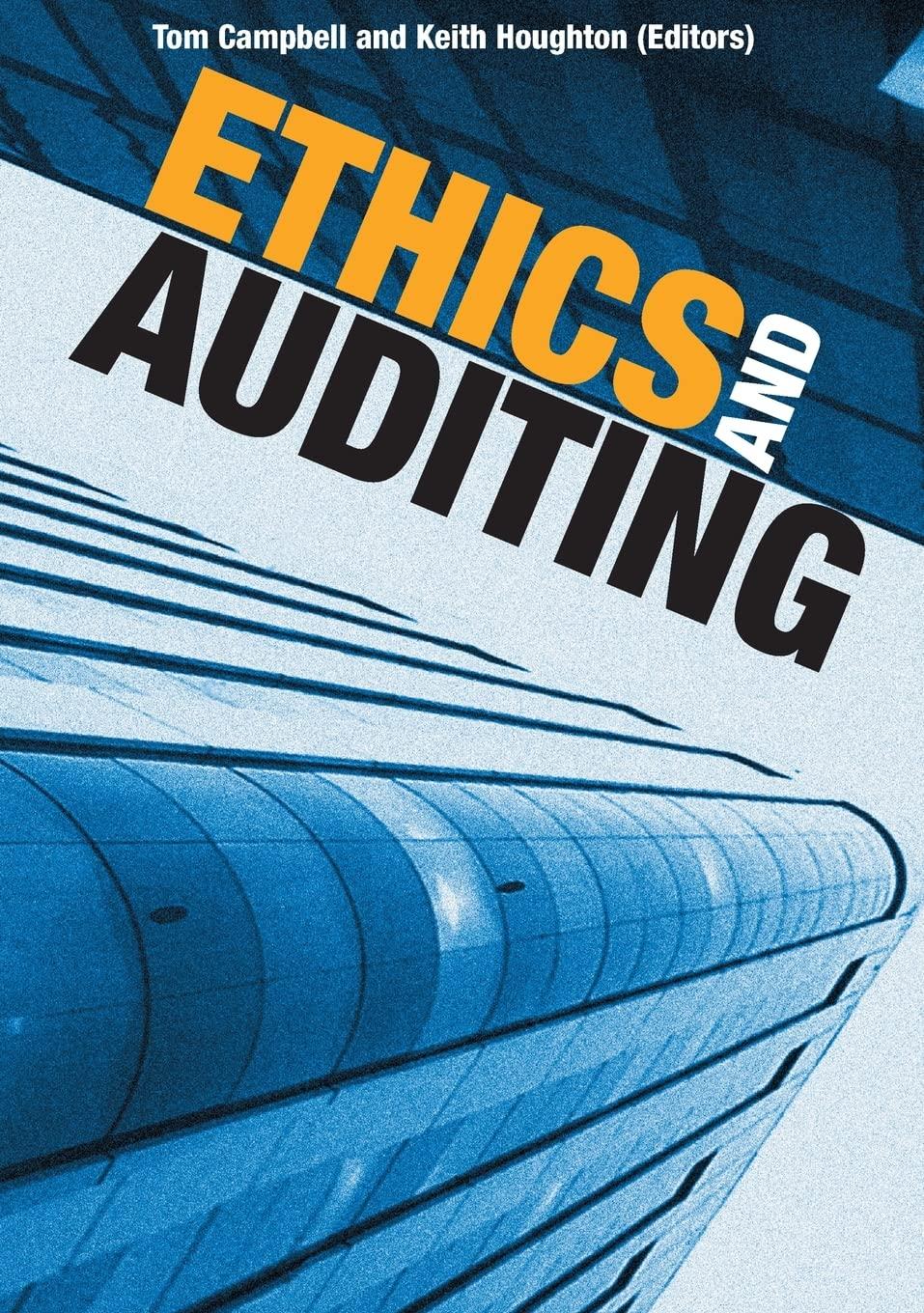

Comparative Income Statement For the Years Ended December 31, 20Y2 and 20Y1 20Y1 20Y2 $10,000,000 $9,400,000 5,350,000 4,950,000 $ 4,650,000 4,450,000 .2,000,000 $1,880,000 1,410,000 es Cost of goods sold. 1,500,000 Administrative expenses Total operating expenses. Income from operations Other income .1,150,000 $1,160,000 140,000 150,000 1,300,000 $1,300,000 150,000 170,000 1,130,000 $1,150,000 225,000 . . . . .. Income before income tax Income tax expense Net income 230,000 $900,000 925,000 Stargel Inc. Comparative Balance Sheet December 31, 20Y2 and 20Y1 20Y1 Assets Current assets: $ 500,000 400,000 1,010,000 ,000,000 510,000 740,000 1,190,000 Accounts receivable (net) Inventories Prepaid expenses.... Total current assets 950,000 229,000 $3,690,000 $3,089,000 2,350,000 2,300,000 3,740,000 3,366,000 Property, plant, and equipment (net) Total assets $9,780,000 8,755,000 Liabilities 5 900,000 5 880,000 Long-term liabilities: Mortgage note payable, 1 0% Bonds payable, 10% 200,000 $ 1,500,000 0 1,500,000 $1,700,000 $1,500,000 $2,600,000 $2,380,000 Total long-term liabilities Stockholders' Equity Preferred $0.90 stock, $10 par... Common stock, $5 par Retained earnings. Total stockholders' equity s 500,000 500,000 500,000 500,000 6,180,000 5375,000 S7.180,000 $6,375,000 $9,780,000 $8,755,000 Instructions Determine the following measures for 20Y2 (round to one decimal place including percentages, except for per-share amounts): 1. Working capital 2. Current ratio 3. Quick ratio 4. Accounts receivable turnover 5. Number of days' sales in receivables 6. Inventory turnover Financial Statement Analysis Chapter 14 7. Number of days' sales in inventory 8. Ratio of fixed assets to long-term liabilities 9. Ratio of liabilities to stockholders' equity 10. Times interest earned 11. Asset turnover 12. Return on total assets 13. Return on stockholders' equity 14. Return on common stockholders' equity 15. Earnings per share on common stock 16. Price-earnings ratio 17. Dividends per share of common stock 18. Dividend yield Obj. 4, 5 PR 14-5B Solvency and profitability trend analysis Crosby Company has provided the following comparative information: 20Y7, 32.9% 20Y4 20Y5 20Y6 $5,571,720 $ 3,714,480 $2,772,000 $1,848,000 $ 1,400,000 1,225,572 845,222 640,320 441,600 320,000 20Y8 20Y7 Net income Interest expense Income tax expense Total assets (ending balance) Total stockholders' equity 1,052,060 891,576 768,600 610,000 500,000 29,378,491 22,598,839 17,120,333 12,588,480 10,152,000 (ending balance) Average total assets Average total stockholders'equity 15,920,340 11,277,240 8,034,000 5,724,000 4,10 18,706,20013,134,480 9,420,000 6,648,000 4,800,000 25,988,665 19,859,586 14,854,406 11,370,240 8,676,000 last five You have been asked to evaluate the historical performance of the company over the years Selected industry ratios have remained relatively steady at the following levels for the last five years: 20Y4-20Y8 19% 26% 3.4 1.4 Return on total assets Return on stockholders equity Times interest earned Ratio of liabilities to stockholders' equity Instructions 1. Prepare four line graphs with the ratio on the vertical axis and the years on the horizontal axis for the following four ratios (round ratios and percentages to one decimal place): A. Return on total assets B. Return on stockholders' equity C. Times interest earned D. Ratio of liabilities to stockholders' equity Display both the company ratio and the industry benchmark on each graph. That is, each graph should have two lines. 2. Prepare an analysis of the graphs in ()








